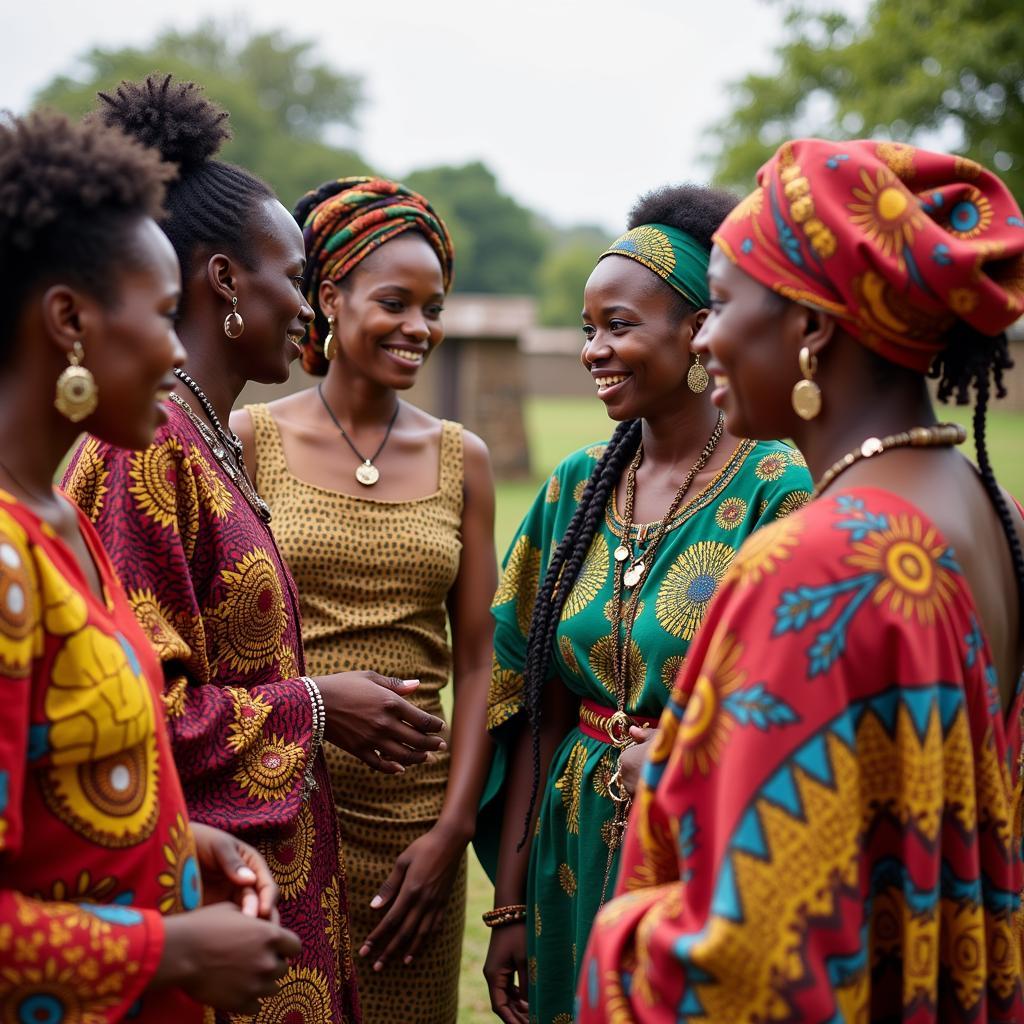African Grey Parrot Eye Color Age: A Comprehensive Guide
Determining the age of an African Grey Parrot based on eye color is a common question among bird enthusiasts. While eye color can provide some clues, it’s not a foolproof method for precise age determination. This guide delves into the relationship between African Grey parrot eye color and age, offering valuable insights and addressing common misconceptions.
Understanding African Grey Parrot Eye Color Transformation
As African Grey parrots mature, their eye color undergoes a fascinating transformation. Initially, chicks have dark grey or almost black eyes. Over time, this dark hue begins to lighten, gradually transitioning to a lighter grey and eventually to a pale yellow or even yellowish-white in adulthood. This process isn’t instantaneous and can take several years.
How Eye Color Changes with Age
- Chicks (0-3 months): Deep, dark grey or black eyes.
- Juvenile (4 months – 2 years): The dark grey starts to lighten, becoming a medium grey.
- Young Adult (2-4 years): The grey continues to fade, becoming a lighter grey with hints of yellow. You can see more pictures of African Grey Parrots at different ages here: african grey monthwise images.
- Adult (4+ years): The eyes reach their final color, typically a pale yellow or yellowish-white. However, some variations exist, and some individuals may retain a light grey hue.
It’s important to remember that this is a general guideline. Individual variations can occur, and some African Greys may develop their adult eye color slightly earlier or later than average. Factors like genetics and diet can also play a role. It is essential to provide appropriate african birds food for healthy development.
Why Eye Color Isn’t a Definitive Indicator of Age
While eye color change is a natural part of an African Grey’s development, it shouldn’t be the sole determinant of age. Here’s why:
- Gradual Transition: The shift in eye color is a gradual process, making it difficult to pinpoint an exact age based on a shade of grey or yellow.
- Individual Variation: Just like humans, African Greys can develop at slightly different rates. Some birds might achieve their adult eye color sooner than others. If you are curious about their history, check out this article: african grey parrot history.
- Other Factors: Environmental factors and overall health can subtly influence eye color, further complicating age determination based solely on this characteristic.
How to Determine an African Grey Parrot’s Age More Accurately
So, if eye color isn’t reliable, how can you estimate an African Grey’s age? Here are some more reliable methods:
- Closed Leg Band: If the bird has a closed leg band, it usually contains information about its hatch year.
- Veterinary Examination: A veterinarian can estimate age based on physical characteristics and overall health.
- Breeder Records: If you acquired the bird from a breeder, they might have records of its hatch date.
Dr. Anika Sharma, an avian veterinarian, emphasizes, “While eye color can provide a general idea, relying solely on this characteristic for age determination can be misleading. A comprehensive assessment by a qualified veterinarian is always recommended for a more accurate age estimation.”
Common Questions about African Grey Parrot Eye Color and Age
When do African Grey parrots’ eyes change color?
The eye color transition typically begins around 4 months of age and can continue up to 4 years old.
Can an African Grey parrot’s eyes stay grey?
While rare, some African Greys might retain a lighter shade of grey even in adulthood.
What does a cloudy eye in an African Grey indicate?
A cloudy eye could signify an underlying health issue and requires immediate veterinary attention. More information on African birds can be found here: african birds pic.
Conclusion
Understanding the nuances of African Grey parrot eye color and age is crucial for responsible bird ownership. While eye color offers a fascinating glimpse into their development, it’s essential to recognize its limitations as a sole age indicator. Using a combination of factors, including leg bands, veterinary examinations, and breeder records, provides a more accurate and comprehensive understanding of your African Grey’s age. Remember, consulting with a qualified avian veterinarian is always the best approach for any concerns regarding your bird’s health and well-being, including accurate age determination.
FAQ
- What is the typical lifespan of an African Grey parrot? (40-60 years in captivity)
- Are there different subspecies of African Grey parrots? (Yes, Congo African Grey and Timneh African Grey)
- What are some common health problems in African Greys? (Feather plucking, hypocalcemia, psittacine beak and feather disease)
- What is the best diet for an African Grey parrot? (A balanced diet of formulated pellets, fresh fruits, vegetables, and healthy nuts)
- How can I tell if my African Grey is happy? (Playful behavior, vocalizations, and healthy appetite)
- Do African Greys need a lot of attention? (Yes, they are highly intelligent and social birds that require significant interaction and enrichment.)
- Can African Greys talk? (Yes, they are renowned for their exceptional talking ability and can learn a vast vocabulary.)
You might be interested in reading more about african american with grey eyes.
For further information on caring for your African Grey, explore our other articles on this website.
When you need assistance, please contact us via Phone: +255768904061, Email: kaka.mag@gmail.com or visit our address: Mbarali DC Mawindi, Kangaga, Tanzania. We have a 24/7 customer service team ready to help you.


